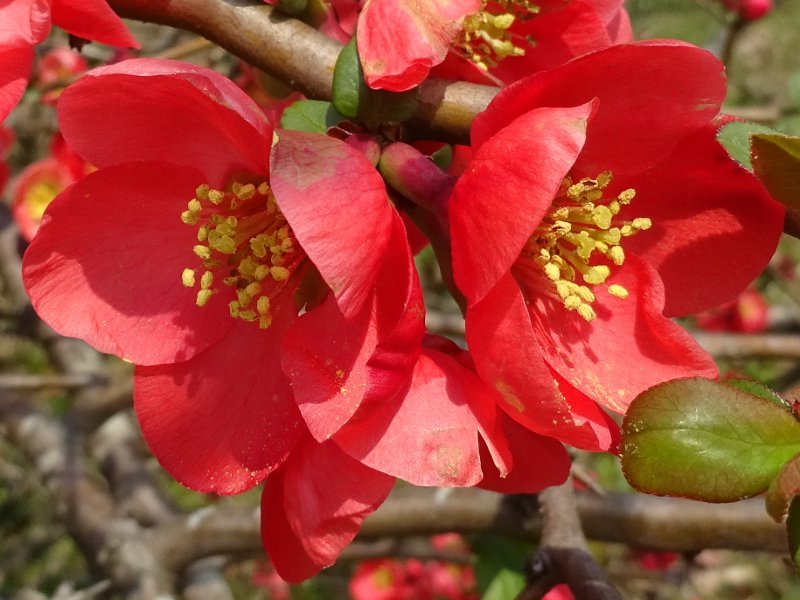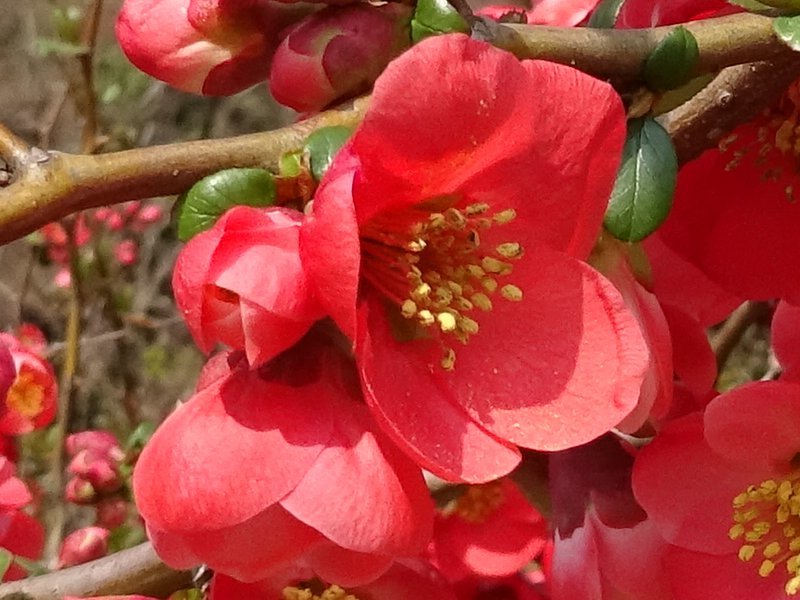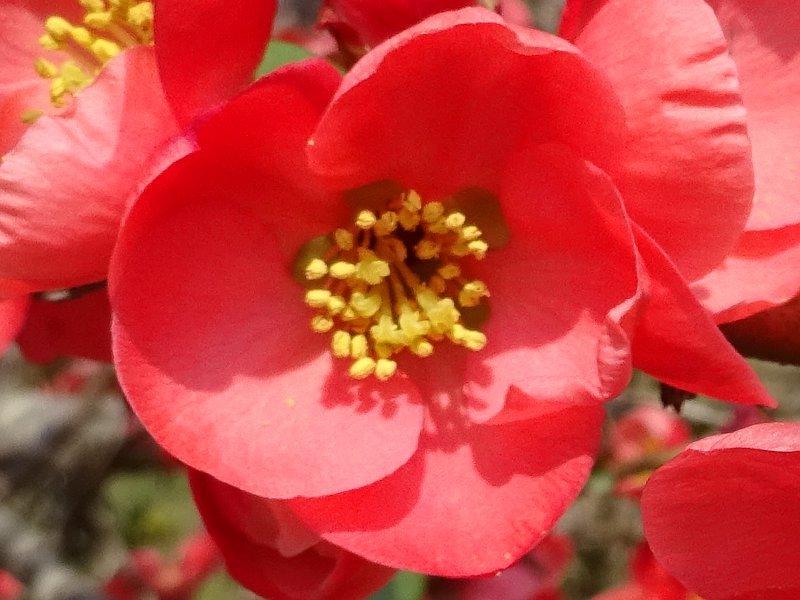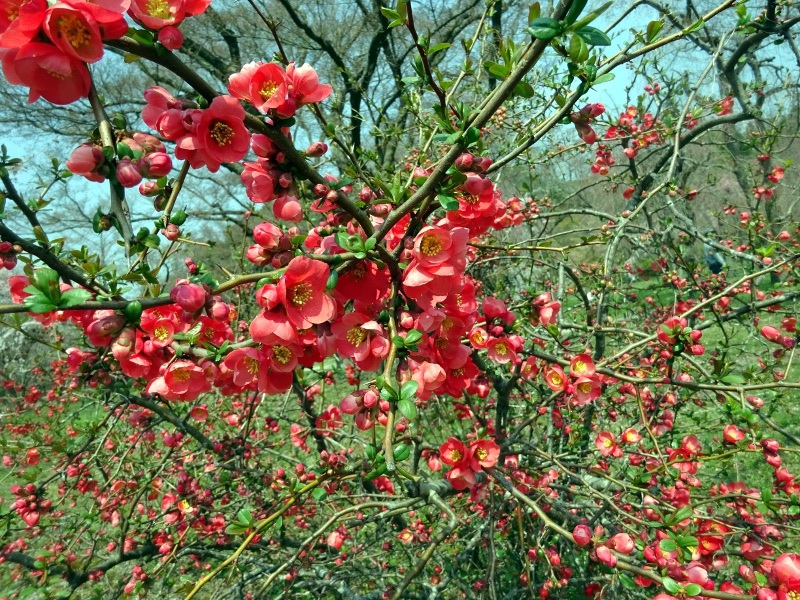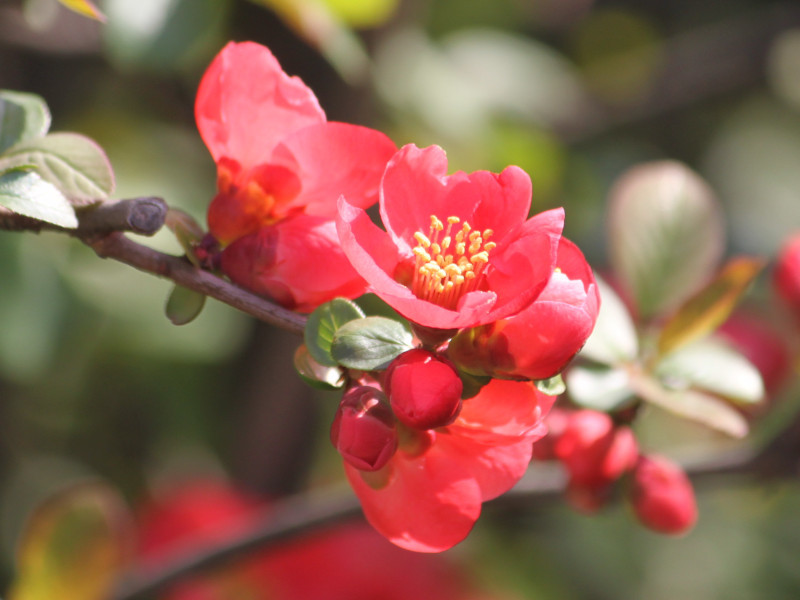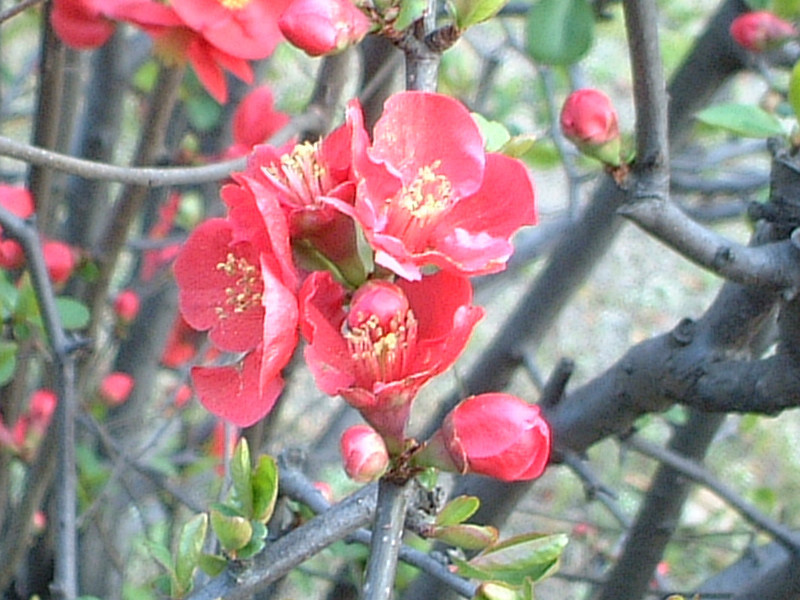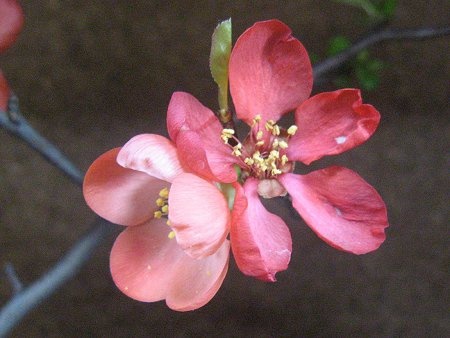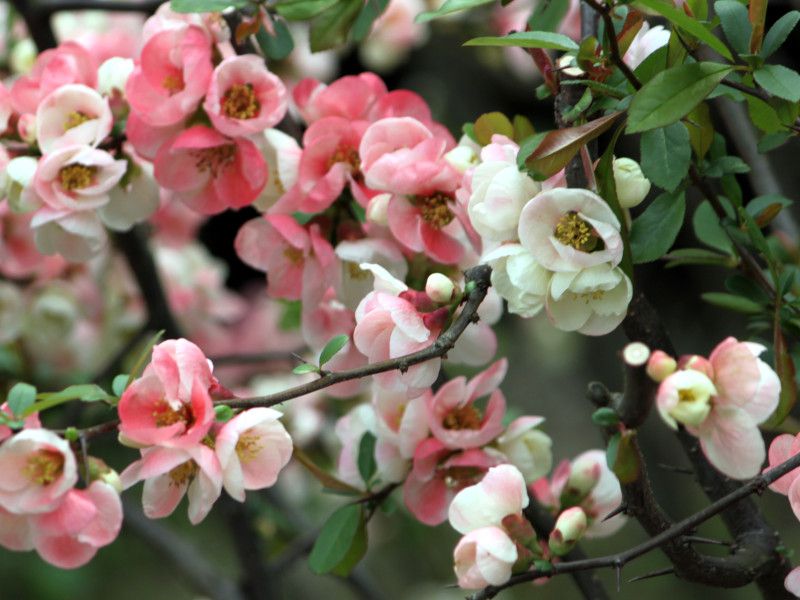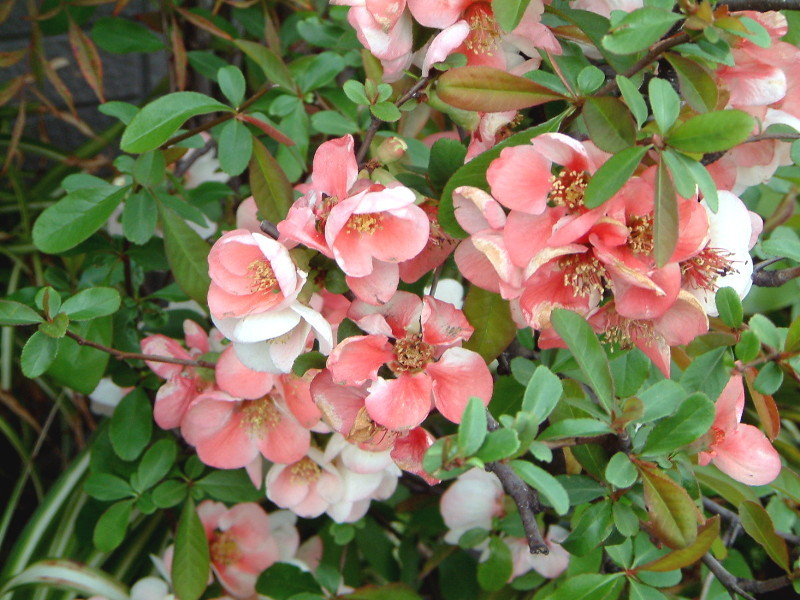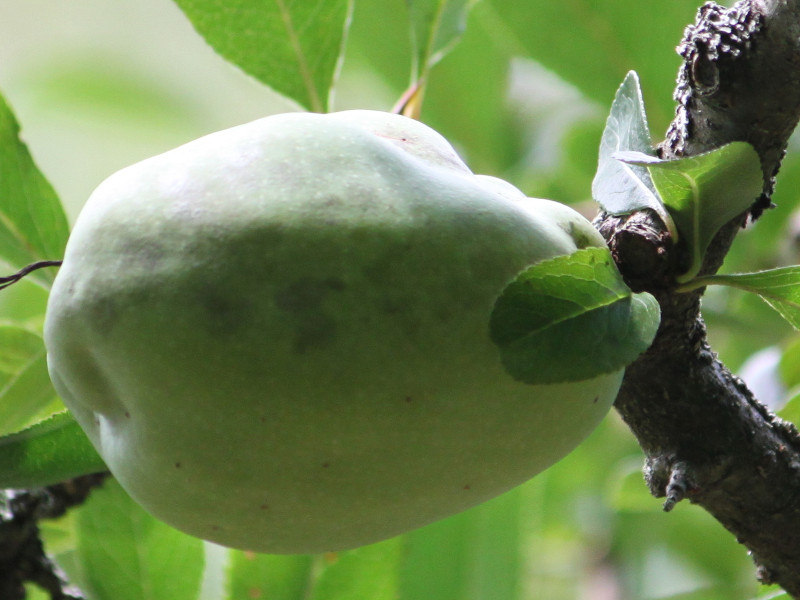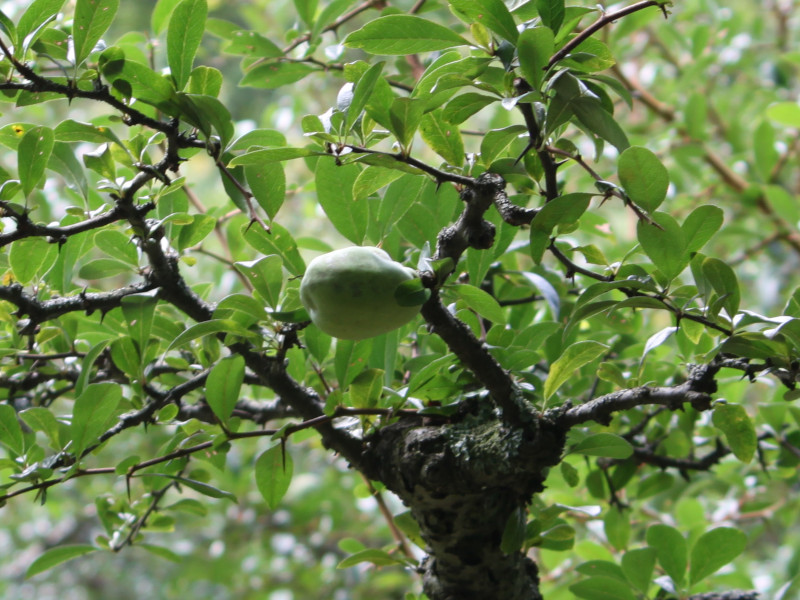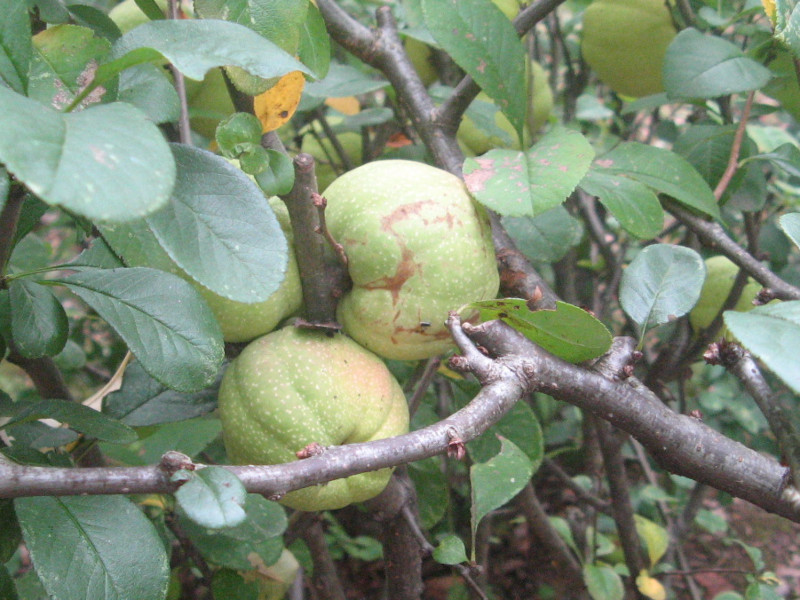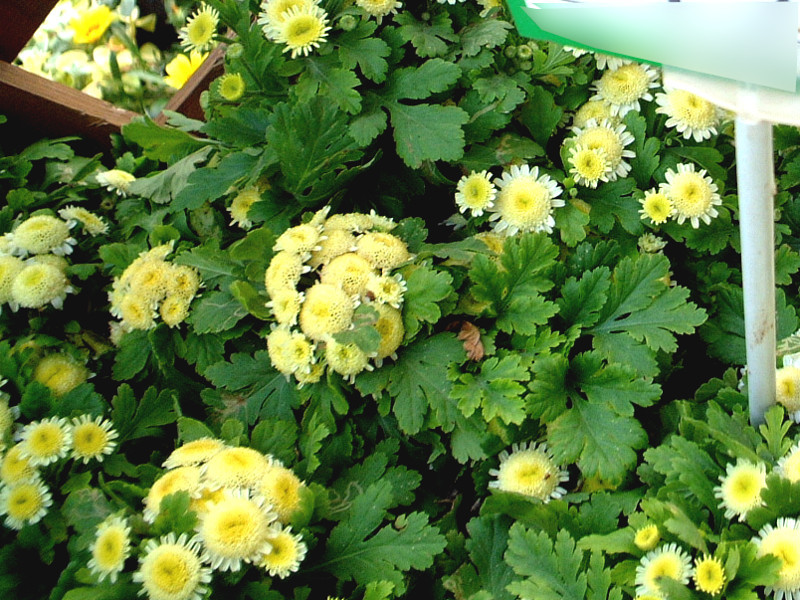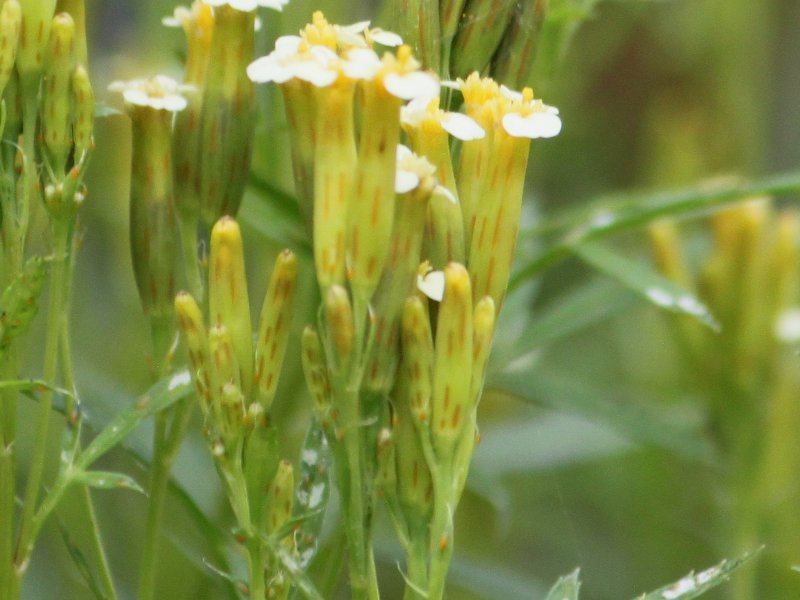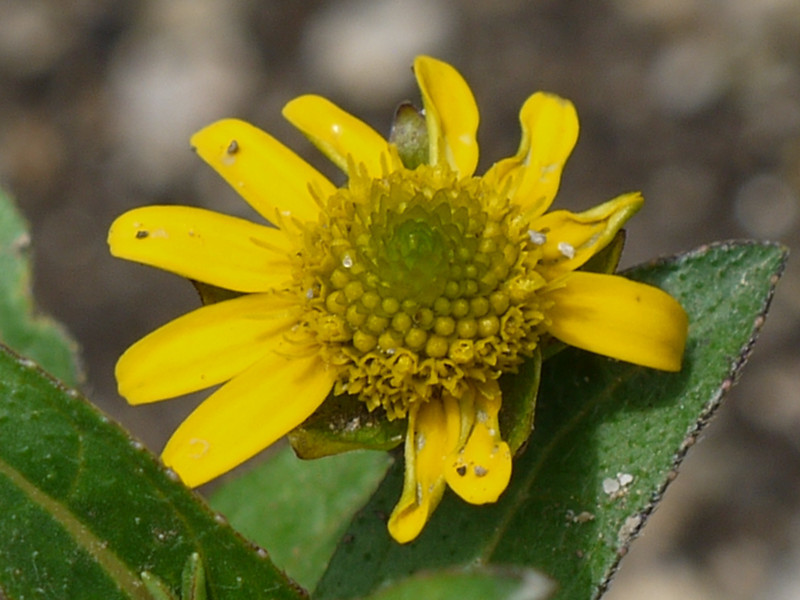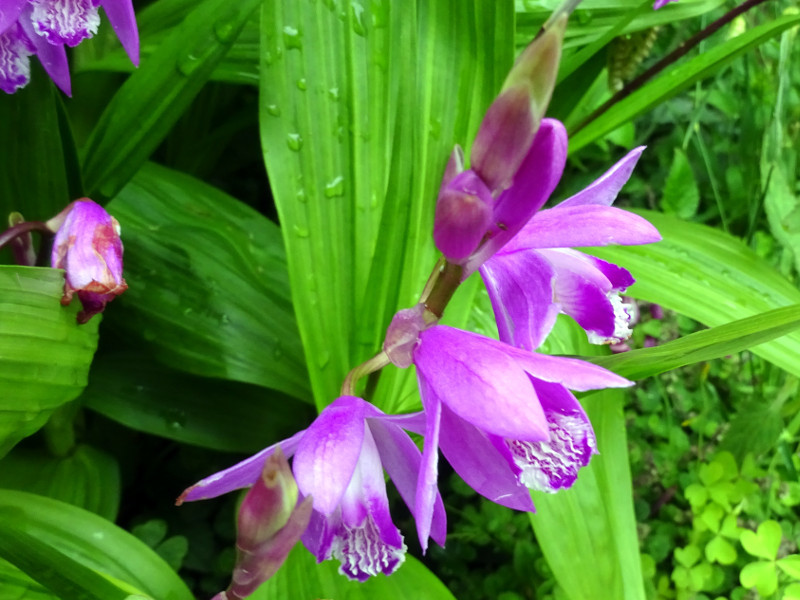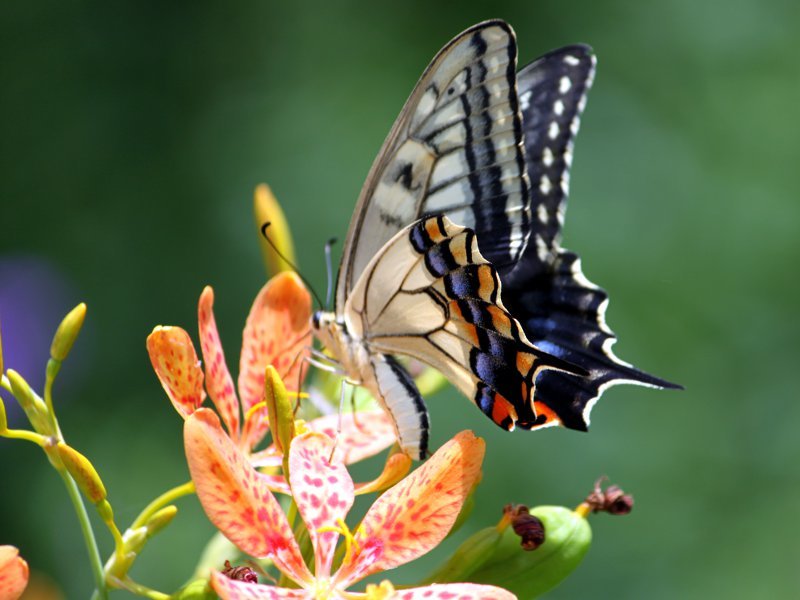Flowering quince
- Flower nameFlowering quince
- Scientific nameChaenomeles speciosa
- Aliasカンボケ, 木瓜, Chinese quince, flowering quince
- Place of originChina (cultivars)
- Place of floweringGarden
- Flowering seasonJanuary, February, March, April, November, December
- Language of flowersLove at first sight
What is Flowering quince
Flowering quince (scientific name: Chaenomeles) is a deciduous shrub of the rosaceae family of the chaenomeles genus. In the genus chaenomeles , there are a number of varieties. There are three kinds , improvised C. speciosa in Chinese origin, C. Cathayensis and Japanese native C. japonica.
In Japan , C. speciosa is meant. Flowering quince has been cultivated during the Heian period, a variety of seasons, cold bloom, early bloom, middle bloom, late blooming cultivars have been cultivated, and depending on the variety you can enjoy flowering for a long time. Petals will soften as elegant colors as fluffy. There are cold blushing that blooms in winter, Toyo Nishiki and Takanenishiki of a branch replacement breed for early flowering varieties, and Sekaiichi for late bloom varieties. Some branches have sharp spines and others are not. Leaf shape is elliptical, with saw tooth on the leaf edge. It is used for bonsai and garden trees, and many garden cultivars are made. Fruits after flowers and those that are ripe are not eaten raw but are used as materials for fruit wine and painkillers.
Three Species in the Chaenomeles Genus
The genus Chaenomeles includes:
Japanese Quince (Chaenomeles japonica), native to Japan, often called "Kusaboke."
Chinese Quince (Chaenomeles cathayensis), native to China and known for its broad leaves.
The Common Flowering Quince (Chaenomeles speciosa), also native to China, which has been cultivated into various ornamental varieties.
In Japan, "quince" commonly refers to these cultivated Chaenomeles speciosa varieties.
Common Name: Flowering Quince
Scientific Name: Chaenomeles speciosa
Other Names: Japanese Quince, Chinese Flowering Quince
Classification: Kingdom: Plantae, Angiosperms, Eudicots, Order: Rosales, Family: Rosaceae, Genus: Chaenomeles
Origin: China
Height: 100–300 cm
Leaf Shape: Elliptic, serrated edges, 5–10 cm long
Bloom Period: November to April, Flower Size: 2–5 cm in diameter, Flower Colors: Orange, red, white, and pink
Fruit Size: 5–7 cm in diameter, 10 cm in length
Uses: Ornamental shrub, hedging, bonsai, medicinal fruit, and fruit liqueur
Related pages
Flowering quince (scientific name: Chaenomeles)
Red Flowers in November
